Your cart is currently empty!
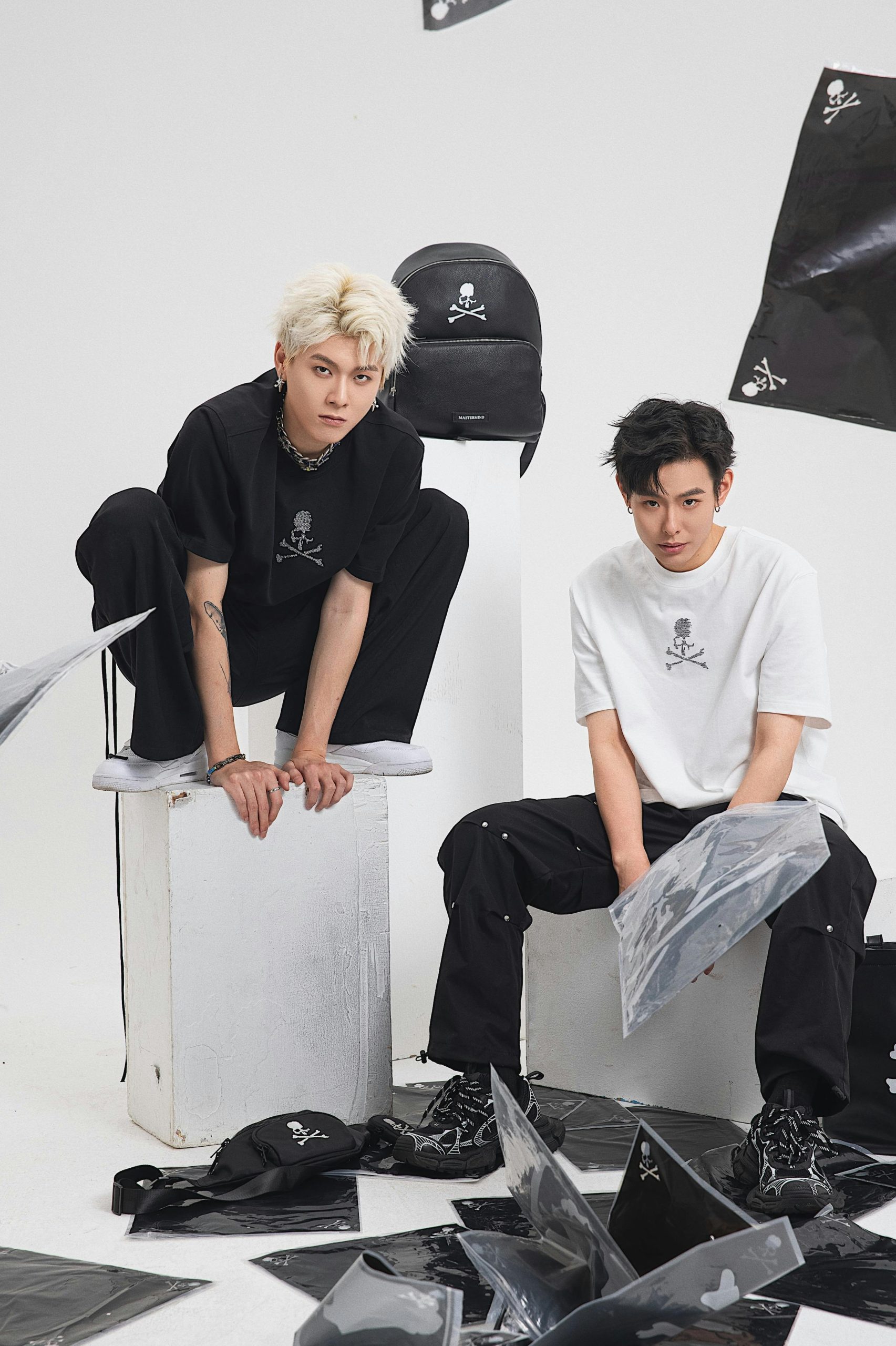
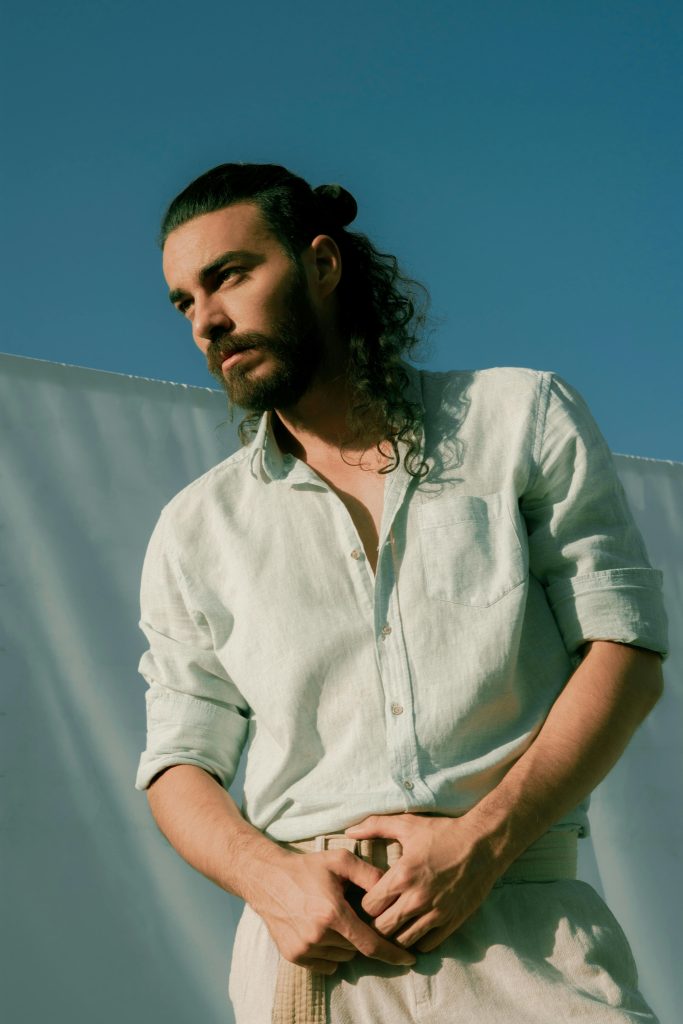
Men’s Fashion Campaigns has evolved from traditional styles to contemporary trends that cater to a more diverse and global audience. A well-curated men’s fashion campaign focuses on more than just clothing—it conveys a lifestyle, attitude, and identity. The modern man is looking for fashion that reflects his personality and status while being functional and stylish. In this context, fashion campaigns need to consider what the clothes look like and how they will be presented to appeal to this ever-evolving target audience.
Fashion campaigns can target various segments, including professional attire, casual wear, sports fashion, or street style. Each of these categories requires different marketing strategies and approaches to meet the needs of specific consumers. The fashion industry thrives on innovation, and men’s fashion campaigns are no exception. To succeed in today’s competitive market, campaigns must be multifaceted, engaging, and inclusive.
Understanding the Target Audience
Before launching any campaign, understanding the target demographic is paramount. In men’s fashion, the audience may include young professionals, athletes, streetwear enthusiasts, or mature men looking for refined elegance. Each of these groups has unique preferences, which dictate the tone, style, and medium of the campaign.
For example, a campaign targeting younger men might focus on bold colors, edgy designs, and trendy styles that align with streetwear and casual fashion trends. Meanwhile, a campaign for older professionals may emphasize tailoring, high-quality materials, and timeless elegance, showcasing suits, dress shoes, and other formal wear.
Key Elements of a Successful Men’s Fashion Campaign
Creating an effective fashion campaign involves several key elements:
- Brand Identity: The foundation of any fashion campaign is the brand’s identity. This refers to how a fashion brand positions itself in the market and how it wants to be perceived by the target audience. Luxury fashion brands like Gucci or Tom Ford have distinct identities that speak to wealth, exclusivity, and premium craftsmanship. In contrast, brands like Nike and Adidas might focus more on athletic performance, comfort, and innovation.
- Campaign Message: The core message of the campaign defines what the brand wants to communicate. It could be a message of empowerment, innovation, sustainability, or cultural relevance. For example, campaigns for eco-friendly fashion lines often focus on the message of sustainability, using phrases like “responsible fashion” or “conscious clothing.”
- Visual Storytelling: In the fashion world, visuals are paramount. From photography and video content to digital imagery, visual storytelling is key to grabbing attention. Successful campaigns create visuals that are aesthetically appealing, memorable, and capable of evoking emotional responses. Lighting, color schemes, and the settings in which the clothes are displayed play a huge role in this aspect.
- Tone and Style: Tone can be playful, serious, aspirational, or edgy, depending on the target audience and the collection being promoted. Some campaigns may opt for minimalism with clean, simple lines, while others could employ vibrant, loud designs that stand out.
- Model Selection: The choice of models is essential in fashion campaigns because they embody the brand’s vision. Using models that resonate with the target audience can make a huge difference. For instance, using athletes as brand ambassadors for sportswear brands not only provides credibility but also attracts fans and fitness enthusiasts. Similarly, a luxury brand might use well-known actors or male celebrities who are seen as symbols of sophistication and elegance.
- Inclusivity: Today’s consumers demand representation. Fashion campaigns that embrace diversity in terms of race, age, body type, and gender fluidity can significantly impact audience engagement. More men are looking to see themselves reflected in the fashion industry, and brands that incorporate inclusive campaigns can build a loyal customer base.
- Digital and Social Media Strategy: In the age of the internet, digital marketing is a critical component of any campaign. Social media platforms like Instagram, TikTok, and YouTube are where fashion trends often emerge. A men’s fashion campaign needs to leverage these platforms by creating content that is shareable, interactive, and visually stunning. This could include influencer collaborations, behind-the-scenes content, interactive polls, or virtual runway shows.
- Partnerships and Influencers: Collaborating with influencers, celebrities, or other fashion brands can amplify a campaign’s reach. Influencers, particularly in the fashion and lifestyle space, can introduce brands to their followers and provide a sense of authenticity. A streetwear brand, for example, might collaborate with popular rappers or social media personalities to create buzz around their new line.
- Sustainability and Ethical Considerations: Consumers are becoming more conscientious about how their clothing is made, where it comes from, and the environmental and social impact of their purchases. Fashion campaigns that highlight sustainability efforts, such as the use of organic materials, ethical labor practices, or carbon-neutral production methods, are likely to resonate more with today’s consumers.
Steps to Launching a Men’s Fashion Campaign
- Market Research: Before anything else, understanding the market is crucial. What are the current trends? Who are the competitors, and what are they doing? What gaps exist in the market that your campaign can fill?
- Concept Development: Once you’ve identified your target audience, it’s time to develop the concept of the campaign. This includes deciding on the message, theme, and visual direction of the campaign. The concept should be something that not only reflects the brand’s identity but also appeals to the target audience.
- Content Creation: Whether through photo shoots, video production, or digital content, creating the actual materials for the campaign is the next step. It’s essential to work with a creative team that understands both the brand and the vision of the campaign. The materials created here will be the cornerstone of the entire campaign.
- Distribution Strategy: Where will the campaign be seen? Deciding on the right mix of platforms—social media, print, TV, or billboards—depends on your target audience. Digital platforms, particularly Instagram and TikTok, are hugely important for fashion brands today because they allow for instant feedback and sharing.
- Launch and Monitor: Once the campaign is live, it’s important to monitor its performance. Metrics such as engagement rates, conversion rates, and customer feedback can help determine the success of the campaign and whether any adjustments are needed.
Examples of Iconic Men’s Fashion Campaigns
- David Beckham for H&M: David Beckham’s collaboration with H&M has been one of the most successful men’s fashion campaigns of the past decade. The campaign, which featured Beckham modeling a collection of bodywear, perfectly targeted H&M’s audience of young men who admired Beckham’s athleticism and style. The visuals were clean, and the branding was subtle but effective.
- Gucci Tailoring Campaigns: Gucci has consistently delivered some of the most visually captivating and luxurious men’s fashion campaigns. Their tailoring campaigns, often starring high-profile celebrities like Harry Styles, push the boundaries of traditional men’s fashion. They frequently use eclectic designs, vibrant colors, and surreal settings, appealing to a younger, more fashion-forward demographic.
- Nike’s “Just Do It” Campaign: Though not strictly a fashion campaign, Nike’s “Just Do It” campaigns often feature men’s fashion in the form of athletic wear. These campaigns target active, sports-loving men and use powerful visuals of athletes pushing their limits. The messaging is aspirational, encouraging men to be the best version of themselves, while also promoting Nike’s clothing lines.
- Ralph Lauren Purple Label: Ralph Lauren’s Purple Label campaign is the epitome of luxury men’s fashion. Featuring sharply tailored suits, refined accessories, and elegant overcoats, the campaign speaks to the sophisticated gentleman who values craftsmanship and timeless style. The visuals often showcase men in classic, powerful poses, with elegant backgrounds that evoke a sense of wealth and refinement.
Challenges in Men’s Fashion Campaigns
- Changing Trends: Fashion is an industry that thrives on change, and what’s trendy one season may be outdated the next. Men’s fashion campaigns need to strike a balance between staying on-trend and maintaining a timeless appeal.
- Breaking Stereotypes: Historically, men’s fashion has been more conservative compared to women’s fashion. Campaigns that push the boundaries of what is acceptable or typical for men’s fashion (e.g., the use of bold colors, prints, or unconventional clothing) can sometimes face resistance. However, the growing trend towards self-expression and breaking gender norms has made it easier for brands to experiment.
- Cultural Sensitivities: Fashion is a global industry, and what works in one market may not work in another. Brands need to be aware of cultural differences, especially when launching international campaigns. This includes being sensitive to differing views on masculinity, fashion, and personal expression.
- Sustainability and Ethical Dilemmas: As consumers become more aware of the impact of fashion on the environment, brands are under increasing pressure to show that they are environmentally responsible. Creating sustainable fashion campaigns can be challenging, especially for fast-fashion brands that rely on mass production.
The Future of Men’s Fashion Campaigns
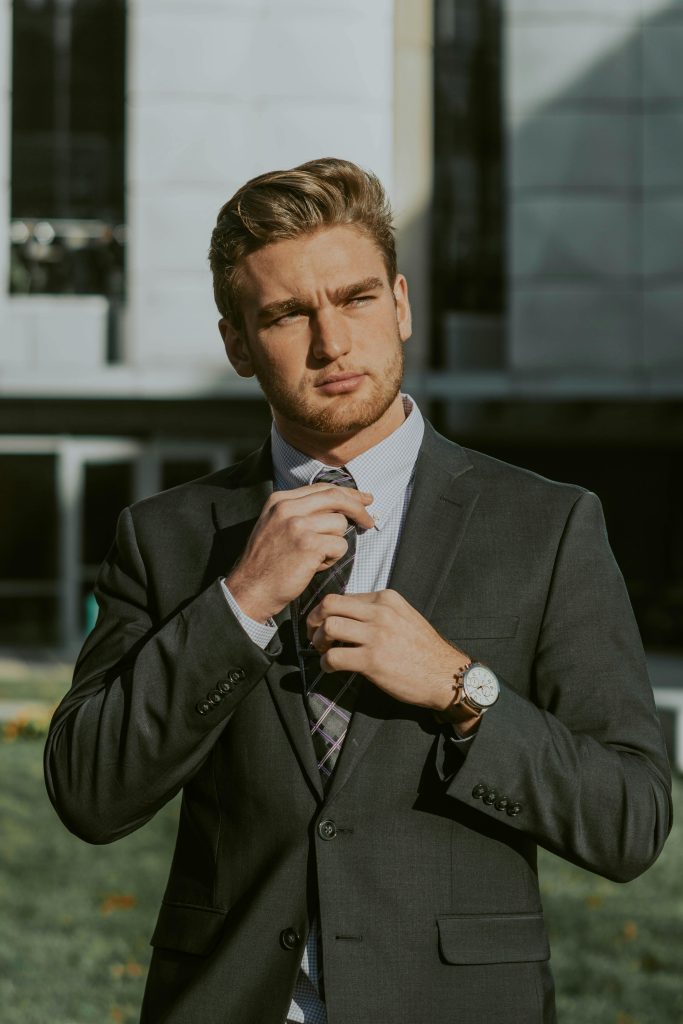
The future of men’s fashion campaigns lies in innovation, inclusivity, and technology. As fashion continues to evolve, so too must the campaigns that promote it. Virtual fashion shows, augmented reality (AR) try-ons, and the use of AI to personalize fashion choices are all on the horizon. Brands that embrace these technologies will not only stay ahead of the curve.
Creating a successful men’s fashion campaign involves careful consideration of various factors such as target audience, branding, market trends, and execution. A well-thought-out fashion campaign not only captures the essence of the brand but also resonates with the intended demographic. Whether it’s promoting a new clothing line, seasonal collection, or a brand relaunch, crafting a compelling narrative and visual identity is essential to achieving impact and engagement.
1. Embracing Digital Transformation and Technology Men’s Fashion Campaigns
The rise of digital platforms and advanced technologies is radically changing the landscape of men’s fashion campaigns. With the global reach of social media and the advent of e-commerce, brands are leveraging technology to engage with their audiences in new and exciting ways. Here are a few key aspects of this digital transformation:
- Virtual Fashion Shows: The COVID-19 pandemic prompted a shift towards virtual and digital fashion shows, a trend that is likely to continue. Virtual runways and live-streamed shows allow brands to reach global audiences instantly, without geographical limitations. As technology improves, virtual fashion shows may become more immersive, offering 3D experiences where viewers can interact with the clothing, spin models around, and view details up close.
- Augmented Reality (AR) and Virtual Reality (VR): AR and VR technologies will continue to revolutionize men’s fashion campaigns. Brands are already using AR to allow customers to “try on” clothes virtually using their smartphones. This technology helps bridge the gap between online shopping and the in-store experience. In the future, brands might offer fully immersive virtual stores where customers can browse collections in a digital environment that mirrors a physical store.
- AI and Personalization: Artificial Intelligence (AI) is becoming an integral part of fashion marketing. AI can be used to analyze consumer behavior and tailor campaigns to individual preferences, resulting in personalized shopping experiences. Algorithms that suggest clothing based on past purchases or current trends help fashion brands present highly relevant content to their consumers, increasing engagement and conversion rates.
- Data-Driven Marketing: Big data and analytics will play a crucial role in the future of men’s fashion campaigns. Brands can collect data from social media interactions, website visits, and purchase history to understand their audience better and create more targeted marketing strategies. This allows for highly personalized ad campaigns that speak directly to the interests, needs, and behaviors of individual consumers.
2. Sustainability at the Core Men’s Fashion Campaigns
As environmental concerns continue to dominate global discourse, sustainability is becoming a non-negotiable part of fashion. Consumers, especially millennials and Gen Z, are demanding more transparency and eco-consciousness from the brands they support. Future men’s fashion campaigns will likely emphasize sustainability in various ways:
- Eco-Friendly Materials and Production: More brands are adopting sustainable materials such as organic cotton, recycled fabrics, and biodegradable fibers. Campaigns will highlight the use of these eco-friendly materials, showcasing not only the stylish appeal of the products but also their environmental benefits. Brands like Patagonia and Allbirds have set the standard with their transparent approach to sustainability, and others are sure to follow suit.
- Circular Fashion Economy: The future of fashion might also see a rise in circular fashion models, where consumers are encouraged to return old clothing for recycling or repurposing. Campaigns will focus on promoting the idea of fashion as an evolving cycle rather than a disposable product. Initiatives like buy-back programs, clothing swaps, and resale platforms will likely be incorporated into future campaigns.
- Sustainable Packaging: Beyond just the clothes themselves, fashion campaigns will also emphasize sustainability in packaging. The use of eco-friendly, biodegradable, and reusable packaging materials will be a selling point for brands. This trend is expected to become more prominent as companies respond to consumer concerns about waste and plastic pollution.
3. Inclusivity and Diversity
Inclusivity and diversity are becoming central tenets in the fashion industry, and the future of men’s fashion campaigns will reflect this shift. Consumers are increasingly seeking brands that represent them, regardless of body size, ethnicity, age, or gender identity. Here’s how this trend will manifest:
- Body Positivity: The future of men’s fashion campaigns will likely move away from the traditional slim, muscular model stereotype. Brands will showcase a wider variety of body types, acknowledging that men come in all shapes and sizes. Brands like Savage x Fenty have already broken barriers in this regard by promoting inclusivity in their campaigns, and this trend will continue to grow.
- Cultural Representation: Fashion brands will increasingly strive to represent the cultural diversity of their audience. Campaigns will feature models from different racial and ethnic backgrounds, celebrating the multiculturalism that defines modern society. By doing so, brands will appeal to a global audience and foster a deeper connection with their diverse consumer base.
- Gender Fluidity: As gender norms become more fluid, fashion campaigns will reflect this shift. The future of men’s fashion will see more unisex or gender-neutral collections, allowing for greater freedom of expression. Campaigns will challenge traditional gender boundaries, featuring men in traditionally “feminine” clothing or vice versa. This will resonate with younger consumers who reject rigid gender norms and embrace individuality.
4. The Role of Influencers and Content Creators
Influencers and content creators have become a vital part of fashion marketing, and this trend is set to expand in the future. Social media platforms like Instagram, TikTok, and YouTube are where fashion trends are often born and where influencers have the power to shape public opinion. Here’s how the role of influencers will evolve in men’s fashion campaigns:
- Micro and Nano-Influencers: While big-name influencers like celebrities still hold sway, brands are increasingly turning to micro and nano-influencers—individuals with smaller but highly engaged followings. These influencers often have more authentic connections with their audiences, leading to higher trust and engagement rates. Future campaigns will involve collaborations with niche influencers who have a deep connection to their communities.
- User-Generated Content: Encouraging consumers to create and share their content will become a larger part of men’s fashion campaigns. Brands will tap into the power of user-generated content (UGC) by creating hashtags, challenges, or contests that encourage men to showcase their style. This not only promotes the brand but also fosters a sense of community and belonging among consumers.
- Influencer-Led Fashion Lines: In the future, we may see more influencer-led fashion lines, where popular influencers work with brands to design their collections. These collaborations will merge the influencer’s brand with the fashion brand, creating campaigns that appeal to both sets of followers. This has already been seen with collaborations like the one between YouTuber KSI and Gymshark, and more brands will likely explore this in the future.
5. Experiential Marketing and Immersive Campaigns
Fashion is not just about what you wear—it’s about how it makes you feel. As a result, experiential marketing and immersive experiences will become a significant focus for men’s fashion campaigns in the future. Consumers are increasingly looking for brands that provide unique, memorable experiences, and fashion is no exception.
- Pop-Up Shops and Events: While online shopping is more convenient than ever, there is still a demand for in-person, tangible experiences. Brands will continue to invest in pop-up shops, interactive installations, and exclusive events that allow consumers to physically interact with the products. These events not only generate excitement but also create a sense of exclusivity that resonates with fashion-conscious consumers.
- Virtual Fashion Experiences: With the rise of virtual reality and augmented reality, brands will offer more virtual fashion experiences. Imagine attending a virtual fashion show where you can “sit” in the front row, or using AR to visualize how a jacket will look on you before purchasing it online. These experiences will blur the lines between the physical and digital worlds, offering consumers a new way to engage with fashion.
- Interactive Campaigns: Men’s fashion campaigns in the future will also incorporate interactive elements that allow consumers to participate in the story. This could include things like interactive lookbooks, where consumers can click on different clothing items to get more information or purchase directly, or choose-your-own-adventure-style ads where the consumer makes decisions about what the models wear.
6. Collaborations and Cross-Industry Partnerships
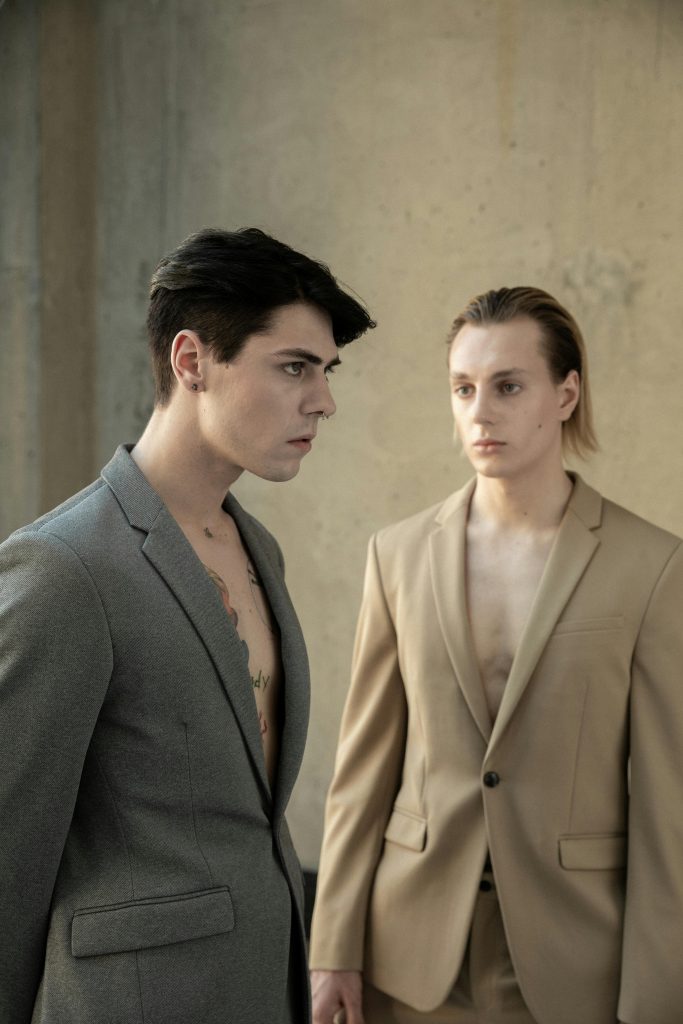
Collaborations have long been a staple of the fashion world, but in the future, we can expect to see even more cross-industry partnerships that blend fashion with other sectors. These collaborations help brands tap into new markets and offer consumers something unique.
- Tech and Fashion: Collaborations between tech companies and fashion brands are already on the rise, with wearables like smartwatches and fitness trackers being prime examples. In the future, we could see more partnerships that incorporate technology into fashion campaigns. This could include interactive garments with embedded LEDs or clothing that adapts to changes in temperature.
- Streetwear and High Fashion: Streetwear continues to have a massive influence on men’s fashion, and collaborations between streetwear brands and high-fashion labels will remain a key trend. These partnerships blend the accessibility and cool factor of streetwear with the exclusivity and craftsmanship of luxury brands. The Louis Vuitton x Supreme collaboration is a prime example of this synergy, and we will likely see more crossovers in the future.
- Fashion and Entertainment: The line between fashion and entertainment will continue to blur, with more partnerships between fashion brands and musicians, actors, or video game companies. Fashion brands may design exclusive clothing collections for popular TV shows or create in-game outfits for video game characters, further integrating fashion into everyday life.
Conclusion:
The future of men’s fashion campaigns will be defined by innovation, inclusivity, and sustainability. As consumer preferences shift and technology continues to evolve, brands will need to adapt their strategies to stay relevant. The days of static, one-dimensional fashion campaigns are over—brands now need
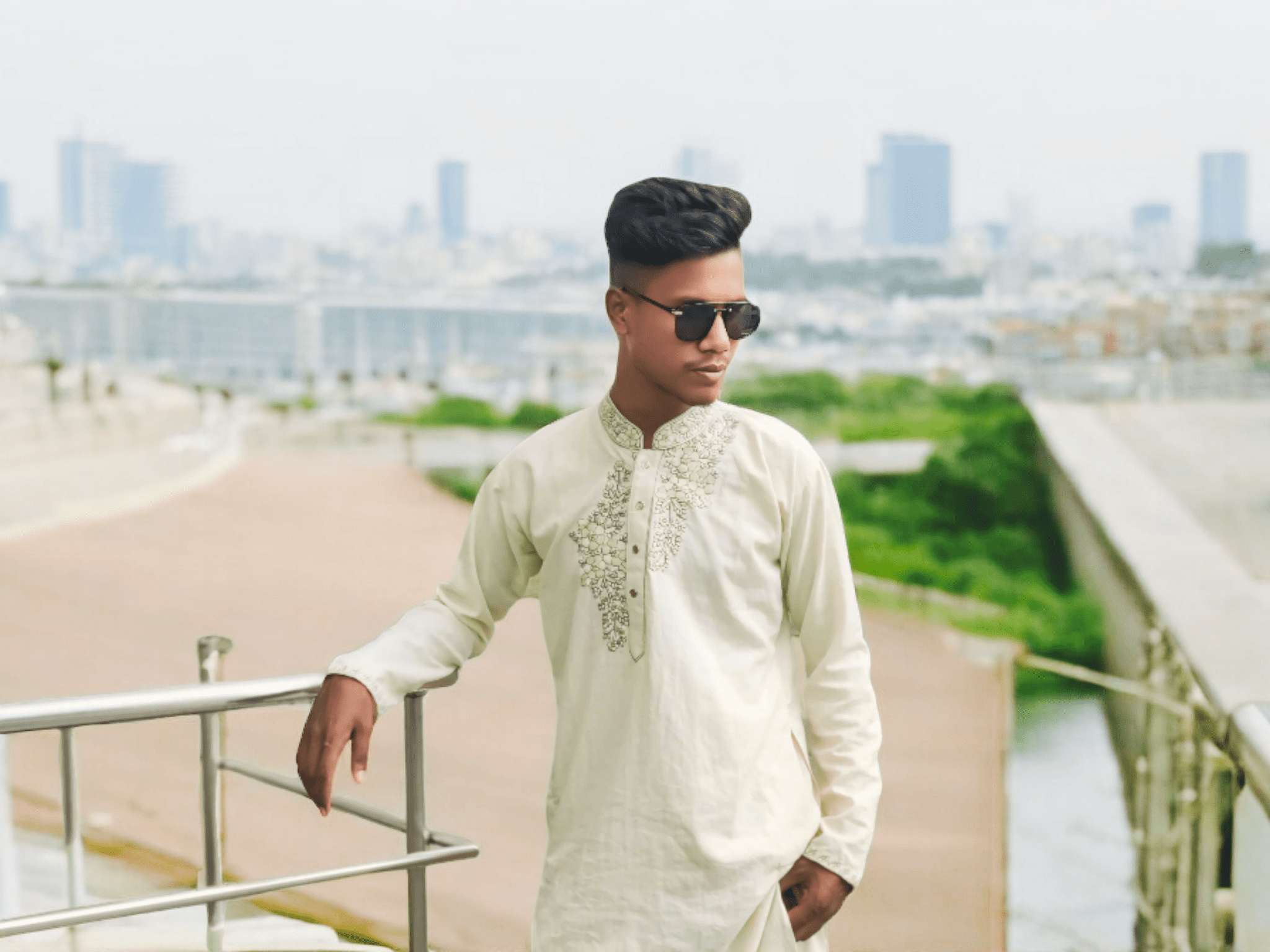
Assalamu Alaikum.. I am Mohammad Sojib I have been working in fashion for a long time I am in US and UK and I write about this topic in many places. I have been working and working on this topic for a long time
And I am a blogger I have been blogging about fashion for a long time in different places.
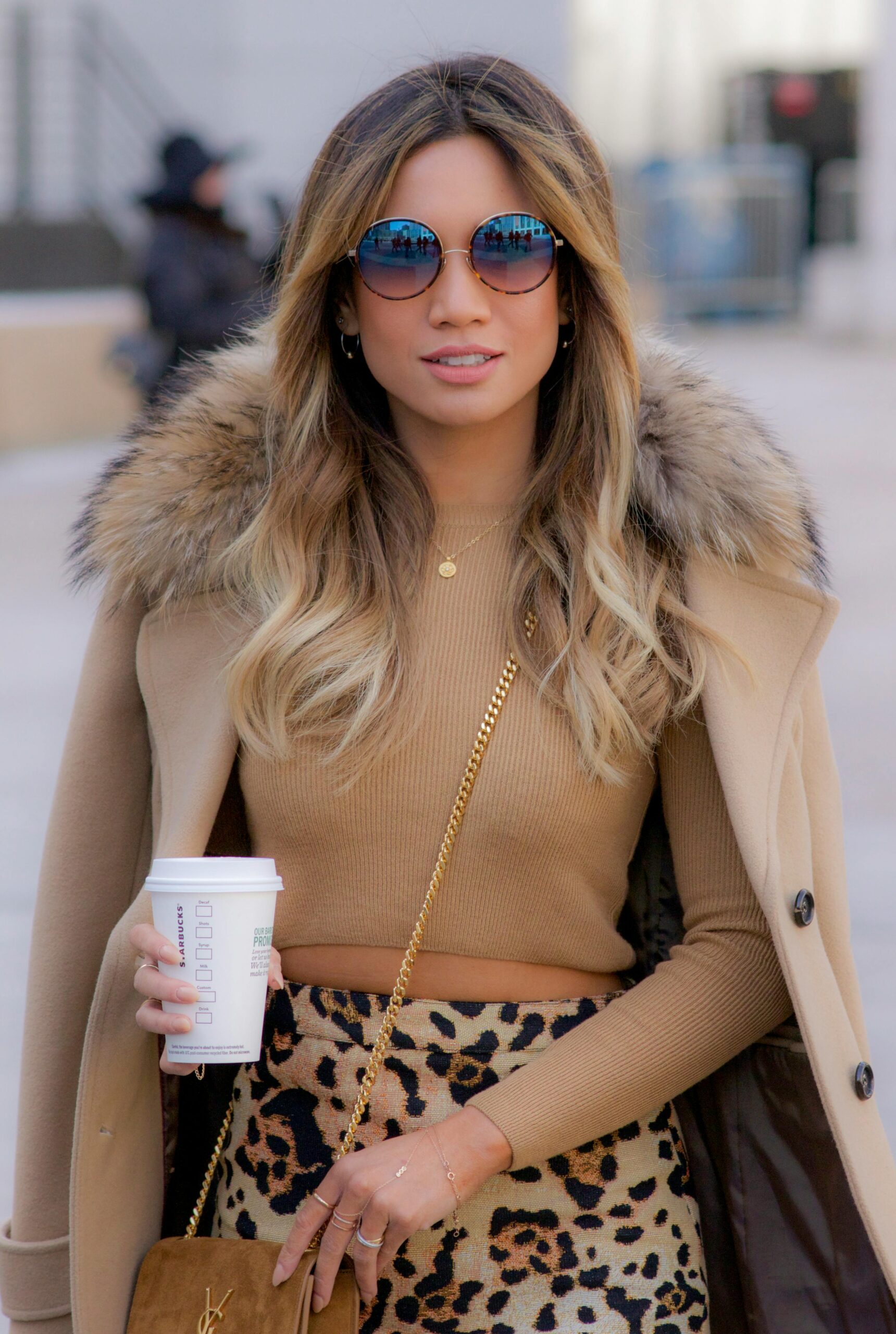
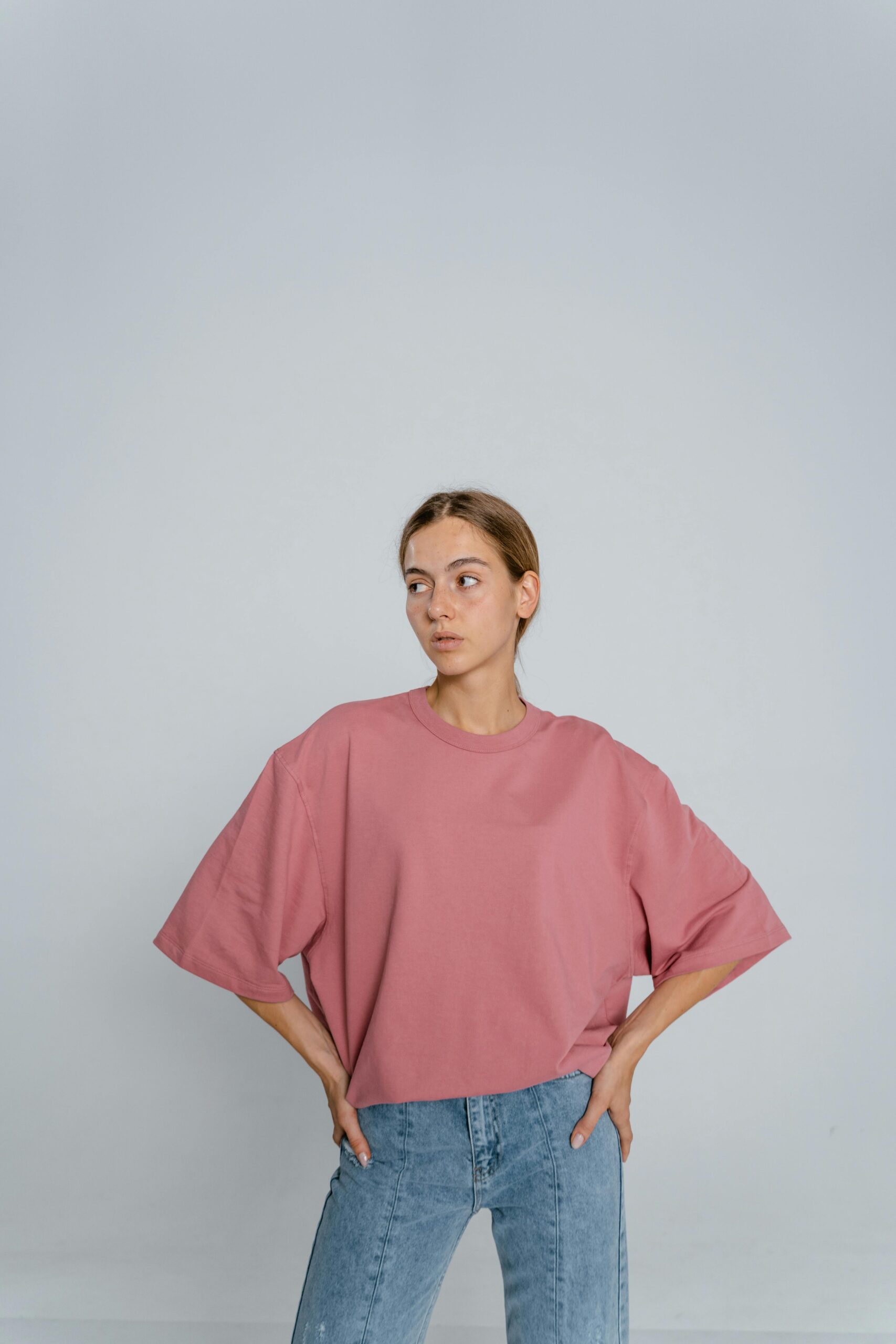
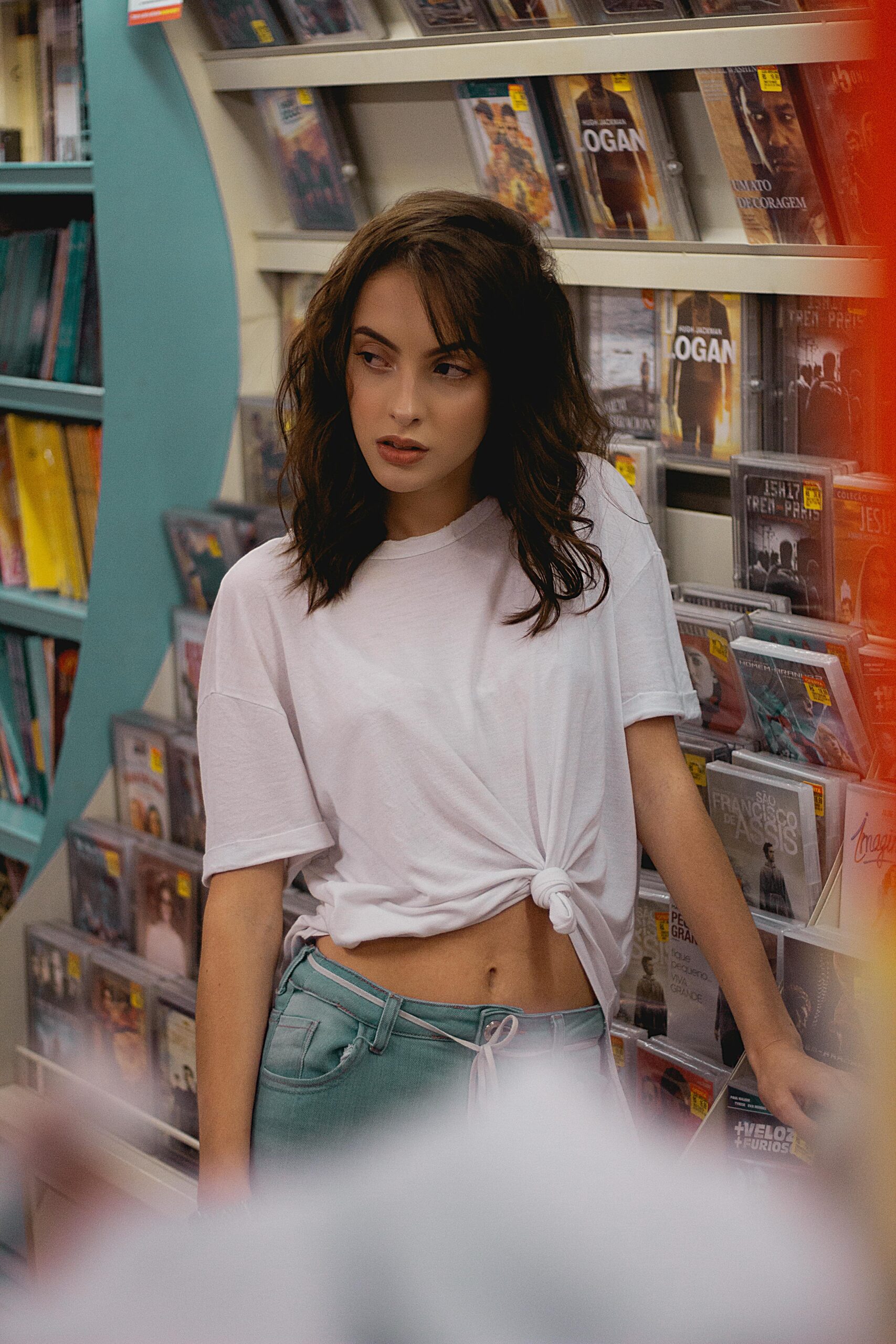




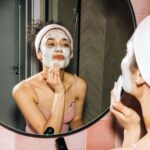
Leave a Reply